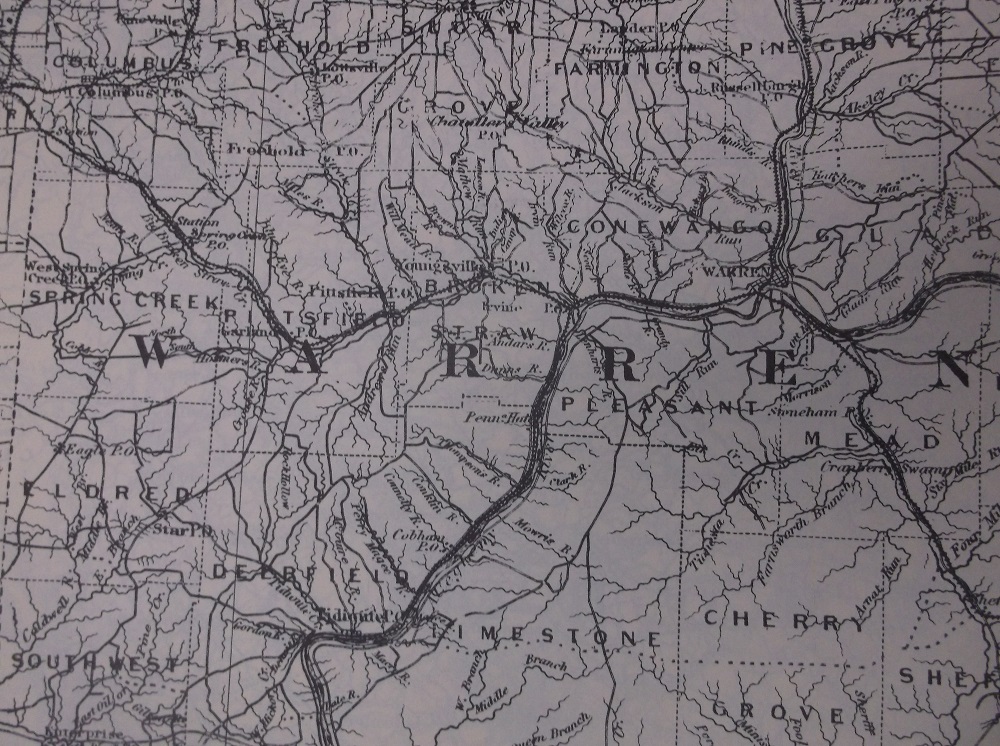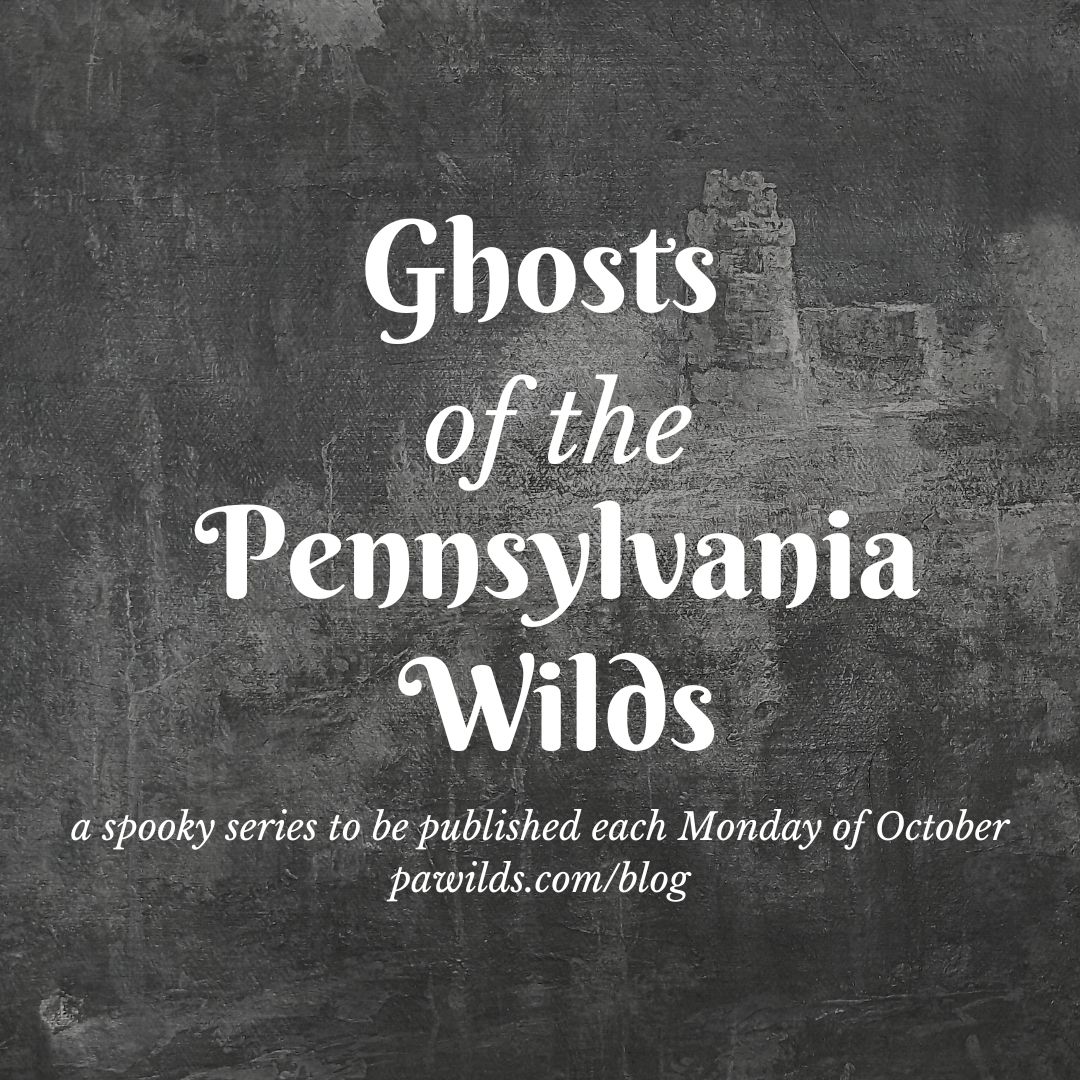Allen Ketlaw was not a very popular man.
He was a hermit, more or less, in northern Warren County. According to the book “Old Time Tales of Warren County” by Arch Bristow, Ketlaw lived in the present-day Allegheny National Forest and Surrounds landscape, back in the mid-1800s. Ketlaw was described as an “unpopular, uncanny man,” and had no friends or close relatives.
This became something of an issue after he killed himself.
He was said to have walked outside, and shot himself with his own musket. Bristow describes his death as “particularly gruesome,” which is about what you might expect with a self-inflicted death by musket. Now, I have to note here that I have found no actual historic records of Allen Ketlaw. No official records prove that he ever existed, and it’s likely that the name was changed in the local folklore over the years, or Bristow changed it in his book for privacy reasons.
According to the story, Ketlaw couldn’t be buried in any of the local cemeteries. In those days, most of the cemeteries had something of a religious affiliation, and suicide was considered one of the worst possible sins. Suicides were never buried in a cemetery, therefore, and would generally find themselves buried quietly on someone’s farm or in a field someplace. But that was a large part of the problem. Allen Ketlaw had been an offensive, problematic man, and nobody liked or respected him enough to agree to let him be buried on their property. So Warren County wound up with a man in a coffin, and nowhere to put him.
Old map of Warren courtesy of the Ross Library
“Nobody wanted Ketlaw buried on his land,” said Bristow in the book. “The case attracted wide attention. Where to bury the remains of Allen Ketlaw became a problem.”
The coffin wound up sitting for five days, complete with Ketlaw’s body in it, which was something less than a pleasant occurrence in the mid-1800s. Finally, one local farmer took pity on Ketlaw (or maybe on the rest of the community) and agreed to let Ketlaw’s body be buried on his land, in a small wooded stretch that wasn’t used much anyway.
It wasn’t much of a funeral. There were no speeches or services, though plenty of the locals showed up, presumably to make sure Ketlaw was actually gone. Nobody seemed to be putting a whole lot of effort into the burial, and the grave turned out to be fairly shallow, because nobody exactly likes gravedigging for a well-liked person, let alone an unpopular one.
They had a shallow grave, and figured that was enough. So a few of the men lowered Ketlaw’s coffin into the grave.
As a hush fell over the crowd, the wind came up, and suddenly a strange voice came through the trees. It moaned, “Dig it deeper! Dig it deeper!”
Immediate panic ensued. Many of the people gathered around suddenly remembered very important appointments elsewhere. Suddenly the large crowd became a much smaller one, leaving only a few men who stood around, trying to figure out what to do.
“Dig it deeper!” droned the voice.
The men quickly removed Ketlaw’s grave from the hole and began digging. Finally, they got it to a reasonable depth, and lowered the coffin back in. And then they threw the dirt into the hole, leaving Ketlaw in an unmarked grave in the Warren County forest.
Bristow suggests that the sound came from an elm tree, the branches rubbing together to make noise, and the locals uniformly interpreted the sound as a ghostly voice. Perhaps that’s true. Or perhaps it was Allen Ketlaw’s ghost, moaning in the forest to avoid being left in a shallow grave.
About the Ghost of the PA Wilds series:
“Ghosts of the PA Wilds” describes a series of ghost stories from the region written by historian Lou Bernard, who also revels in folklore and the paranormal. Each Monday of October, and leading right to Halloween, the PA Wilds Are Calling blog will feature a new ghost story to celebrate the spooktacular season upon us.
Know of another good PA Wilds ghost story worth investigating and sharing? Let us know in the comment section below!




